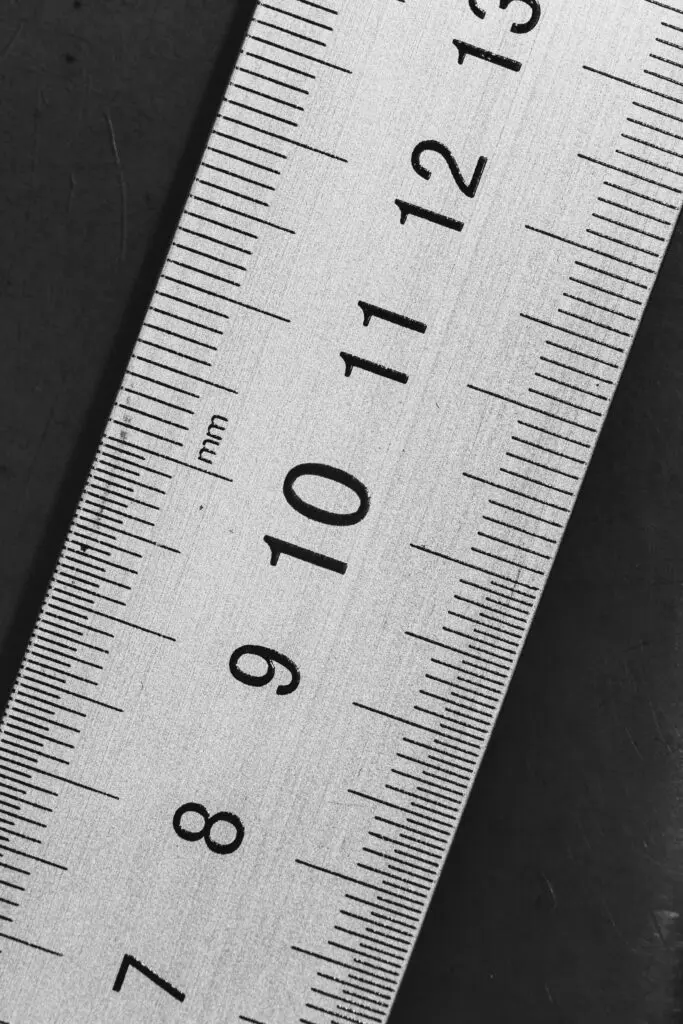If you’ve been diagnosed with a kidney stone, you’re likely exploring your treatment options. Among the many modern solutions available today, extracorporeal shockwave lithotripsy (ESWL) remains one of the most effective and non-invasive choices for the right patients. Originally introduced in the 1980s, ESWL revolutionized the treatment of kidney stones by eliminating the need for major surgery and long hospital stays. It has since helped millions of patients break up painful stones using sound waves—without a single incision.
But while ESWL offers convenience, comfort, and quick recovery, it isn’t the ideal solution for every patient or every stone. The key to successful treatment lies in careful patient selection and a solid understanding of when ESWL is most effective.
Let’s take a closer look at who makes a great candidate for shockwave lithotripsy—and why this treatment might be the best option for you.
Why ESWL Remains a Preferred Treatment
Compared to surgical or more invasive options like ureteroscopy or percutaneous nephrolithotomy, ESWL offers clear advantages:
- Non-invasive: No incisions, no scopes, and no need for hospitalization.
- Minimal recovery time: Most patients go home the same day and return to normal activities quickly.
- Low complication risk: With proper planning and technique, ESWL boasts a strong safety profile.
Still, because the procedure relies on breaking stones into passable fragments using sound energy, stone characteristics and patient anatomy are crucial to success.
What Makes a Great ESWL Candidate?
Stone Size and Burden
- Best for stones smaller than 2 cm in diameter.
- Large stones often require multiple treatments or alternative methods.
- ESWL is not recommended for staghorn calculi or multiple stones throughout both kidneys.
Stone Location
- Upper pole, renal pelvis, and ureteropelvic junction stones respond best.
- Stones located in the lower pole of the kidney have much lower success rates with ESWL due to anatomy that makes fragment passage difficult.
- Distal ureteral stones, especially in women of childbearing age, may require a different treatment due to anatomical risks.
Stone Composition and Density
- Stones with a low Hounsfield Unit (HU) value on CT imaging (generally <750 HU) are more easily fragmented.
- Stones resistant to ESWL include:
- Calcium oxalate monohydrate
- Cystine
- Brushite
- Matrix stones (organic composition)
- If your provider suspects these types, they may recommend ureteroscopy or another method instead.
Body Anatomy and Imaging Factors
- Patients with a skin-to-stone distance under 9-10 cm have better outcomes. Excess body fat can dampen shockwaves.
- Abnormal kidney anatomy (e.g., pelvic kidneys, horseshoe kidneys) or calyceal diverticulum (a pouch in the kidney) may reduce effectiveness.
- ESWL is not recommended for those with untreated infections, bleeding disorders, pregnancy, or distal obstructions.

How We Optimize ESWL for Best Results
At our lithotripsy center, we carefully evaluate every patient using detailed imaging and clinical history to determine ESWL suitability. When ESWL is selected, we follow industry-leading protocols to improve stone clearance and reduce the risk of complications:
- Advanced anesthesia: We often recommend general anesthesia to reduce involuntary movement and keep the stone perfectly aligned with the treatment zone.
- Water-based coupling: Using high-volume gel directly from the source minimizes air bubbles that weaken shockwave energy.
- Slow shockwave rates: 60 shocks per minute has been shown to optimize fragmentation and minimize tissue injury.
- Energy ramp-up protocol: Starting with low energy, followed by a brief pause before ramping up, reduces injury while maintaining effectiveness.
- Real-time imaging: We monitor stone position throughout the procedure using ultrasound or fluoroscopy to ensure precise targeting.
A Patient-Centered Approach
While ureteroscopy has become increasingly common in recent years, especially for complex cases, ESWL remains an excellent first-line option for many patients—particularly those with the right stone characteristics and anatomy.
If you’re dealing with kidney stones, don’t assume surgery is your only choice. Our team is here to help you explore all options and determine whether shockwave lithotripsy is the most efficient, effective, and comfortable path forward.
Contact us today for a consultation and personalized treatment plan. Your relief may be just a sound wave away. Call (919) 404-7255 or submit your request for more information here.
